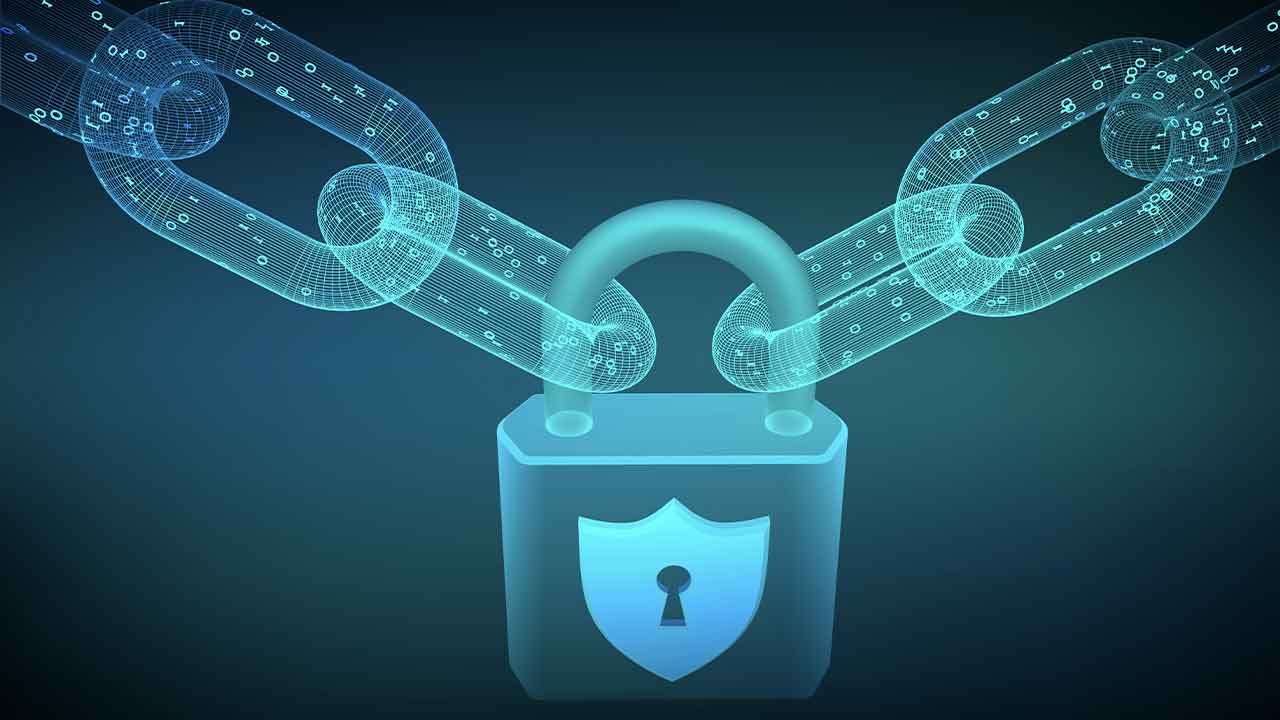IT vs OT: Information Technology (IT) vs. Operational Technology (OT) Cybersecurity
What is OT? Understanding Operational Technology (OT)
Operational Technology (OT) refers to the technology and systems used to monitor, control, and manage physical processes and devices in various industrial and infrastructure sectors. Operational technology (OT) uses hardware and software to manage industrial equipment and systems. OT controls high-tech specialist systems, like those found in the energy, industrial, manufacturing, oil and gas, robotics, telecommunications, waste control, and water control industries.
Industrial control systems (ICS) are one of the most prominent forms of OT. They control and monitor the performance of industrial processes and deploy systems like supervisory control and data acquisition (SCADA), which gather and analyze data in real time to manage plant equipment. These systems typically use programmable logic controllers (PLCs), which use information from sensors or devices to perform tasks like monitoring machine productivity, tracking operating temperatures, and automating machine processes. More about the relationship between Cybersecurity and Productivity.
Access to OT devices usually have to be restricted to small groups of people within organizations. The highly specialized nature of OT means it typically requires custom software rather than standard operating systems, such as Windows.
Securing OT relies on solutions like security information and event management (SIEM), which provides real-time analysis of applications and network activity, and next-generation firewalls (NGFWs), which filter traffic coming into and out of the network.
What is IT? Understanding Information Technology (IT)
Information technology (IT) is the development, management, and application of computer equipment, networks, software, and systems. IT is crucial to modern business operations because it enables people and machines to communicate and exchange information.
IT can be narrowed down to three core focuses:
- Operations: The day-to-day management of IT departments, which includes managing devices, maintaining networks, testing the security of applications and systems, and providing technical support.
- Infrastructure maintenance: The process of setting up and maintaining infrastructure equipment, such as cabling, laptops, phones and phone systems, and physical servers.
- Governance: The process of ensuring that IT policies and services align with the needs and demands of the organization.
Information Technology (IT) vs. Operational Technology (OT)
Information Technology (IT) and Operational Technology (OT) are distinct yet interconnected domains that serve different purposes in the modern technological landscape. IT focuses on the management, processing, and communication of digital information, encompassing areas such as data storage, software development, networking, and cybersecurity. On the other hand, OT is concerned with the control, monitoring, and automation of physical processes and devices in industrial sectors like manufacturing, energy, and transportation. While IT deals with virtual data and digital communication, OT deals with the tangible world of machinery and industrial systems. As industries embrace digital transformation, the convergence of IT and OT becomes increasingly important for achieving efficient, secure, and interconnected operations across various sectors.
Why Cybersecurity Is Essential in OT and IT
Operational technology (OT) and information technology (IT) security protect devices, networks, systems, and users.
Cybersecurity has long been critical in IT and helps organizations keep sensitive data safe, ensure users connect to the internet securely, and detect and prevent potential cyberattacks. Cybersecurity is also vital to OT systems to protect critical infrastructure. Any momentary delay or period of unplanned downtime can cause manufacturing plants, power plants, or water supply systems to shut down.
Protecting these systems becomes even more critical as they become more connected, which opens up new vulnerabilities for cyber criminals to exploit and gain access to industrial networks. As a result, attacks are increasing, with more than 90% of organizations that operate OT systems having experienced one or more damaging security events in a two-year period, according to Ponemon Institute research. Furthermore, at least 50% of those organizations suffered OT system infrastructure attacks that led to equipment or plant downtime.
Cyberattacks against OT systems and critical infrastructure are also ranked among the top five most significant risks by the World Economic Forum, alongside climate change, geopolitical tension, and natural disasters. More about Cybersecurity for Industrial Control Systems
OT Security vs. IT Security: Comparative Analysis
The line between operational technology (OT) and information technology (IT) security is being blurred by OT systems introducing connected devices and the rise of the Internet of Things (IoT) and Industrial IoT (IIoT), which connects devices, machines, and sensors and shares real-time data across organizations.
IT and OT security have key differences and similarities, from the systems they protect to the vulnerabilities they present.
Differences Between OT and IT Cybersecurity
There are significant OT and IT differences. The primary ones are that OT systems are autonomous, isolated, self-contained, and run on proprietary software. In contrast, IT systems are connected, lack autonomy, and typically run on popular operating systems like iOS and Windows.
Operational Environment
Possibly the most significant difference between IT and OT cybersecurity is the environment they operate in and serve to protect. OT cybersecurity safeguards industrial environments, which typically involve machinery, PLCs, and communication across industrial protocols. OT systems do not run on regular operating systems, often lack traditional security tools, and are usually programmed differently from conventional computers.
Conversely, IT cybersecurity protects common devices like desktop and laptop computers, keyboards, printers, and smartphones. It secures everyday environments like the cloud and servers using standard solutions like antivirus and firewalls, as well as popular communication protocols like Hypertext Transfer Protocol (HTTP), Remote Desktop Protocol (RDP), and Secure Shell (SSH).
Confidentiality vs. Safety
The purpose of OT vs. IT security also differs based on what they aim to achieve for organizations. The primary objective of OT cybersecurity is to ensure the availability and safety of critical equipment and processes. It maintains physical systems that require meticulous, ongoing control to prevent significant financial damage caused by ceased production. IT cybersecurity focuses more on confidentiality by helping organizations store and transmit data securely.
Frequency vs. Destruction
Another noteworthy OT vs. IT difference is the type of security events they defend against. OT cybersecurity is typically put in place to prevent highly destructive events. OT systems generally have fewer entry points, yet the magnitude of a compromise is comparatively greater—even a minor incident can result in vast financial losses and can affect an entire nation through a power outage or water contamination, for example.
IT systems tend to have more gateways and touchpoints because of the internet, all of which a cyber criminal can exploit, which means more security risks and vulnerabilities.
Patching Frequency
The nature of OT and IT systems also means they have very different patching requirements. OT networks are typically rarely patched as doing so may require the entire production process to be halted. As a result, components do not always need to be updated, which in turn means they can be operating with unpatched vulnerabilities that increase the chances of a successful exploit.
By comparison, IT components are rapidly evolving, so they need to be patched regularly. For example, many IT vendors have designated “patch days,” and providers like Apple and Microsoft periodically release new versions of their software systems to keep users up to date.
Similarities Between OT and IT Cybersecurity
Despite their distinct differences, IT vs. OT cybersecurity do share similarities and are increasingly overlapping.
OT devices were traditionally kept separate from the public internet and often internal networks, which meant they could only be accessed by authorized employees. However, it is increasingly possible for OT systems to be controlled and monitored by IT systems or remotely via the internet. This makes it easier for organizations to operate OT devices, such as ICS, monitor the performance of components, and replace them before they fail and cause more extensive damage.
IT also plays a crucial role in providing real-time information on the state of OT systems and amending system errors as quickly as possible. This reduces the likelihood of industrial accidents and addresses OT issues before they affect an entire plant or manufacturing system.
Why IT and OT Collaboration Is Necessary
More and more organizations connect OT systems like ICS to boost productivity and safety, making collaboration between IT vs. OT security vital more than ever. OT’s inherent lack of adequate cybersecurity increases the risk of cyberattacks as organizations expand connectivity levels. This escalates their exposure to threats as hackers develop more sophisticated tactics for exploiting vulnerabilities and bypassing security protections.
OT’s vulnerabilities can be addressed by leveraging IT security’s ability to detect cyberattacks and the strategies it employs to prevent and respond to threats. Furthermore, as OT systems become more connected, they rely on baseline IT security controls and policies to minimize the impact of attacks.
FAQs about IT vs OT in Cybersecurity
What is OT security in cyber security?
OT security, or Operational Technology security, in cyber security refers to the practices, measures, and strategies employed to protect the critical control systems, industrial processes, and physical devices that fall under the realm of Operational Technology. It focuses on safeguarding industrial control systems (ICS), SCADA systems, and other OT assets from cyber threats to ensure the reliability, safety, and resilience of industrial operations.
What is OT and IoT in cyber security?
In cyber security, OT (Operational Technology) refers to the technology and systems used to monitor and control physical processes in industries, while IoT (Internet of Things) encompasses a wide range of interconnected devices that gather and transmit data over the internet. Both OT and IoT introduce unique security challenges due to their connection to the digital world. OT devices need protection from cyberattacks to prevent disruptions to critical infrastructure, while IoT devices require safeguards to ensure data privacy and prevent unauthorized access.
What is the difference between IT and OT in cyber security?
The difference between IT (Information Technology) and OT (Operational Technology) in cyber security lies in their focus and scope. IT involves the management of digital information, networks, software, and data communication. OT, on the other hand, deals with the control and automation of physical processes and industrial equipment. The security concerns for IT typically revolve around data breaches, software vulnerabilities, and network attacks. In OT, the emphasis is on protecting critical infrastructure from cyber threats that could lead to physical damage, safety risks, and operational disruptions. The convergence of IT and OT in modern industries calls for comprehensive security strategies that address the unique challenges of both domains.
This is an excerpt from an article published by Fortinet. Read the full version here.


